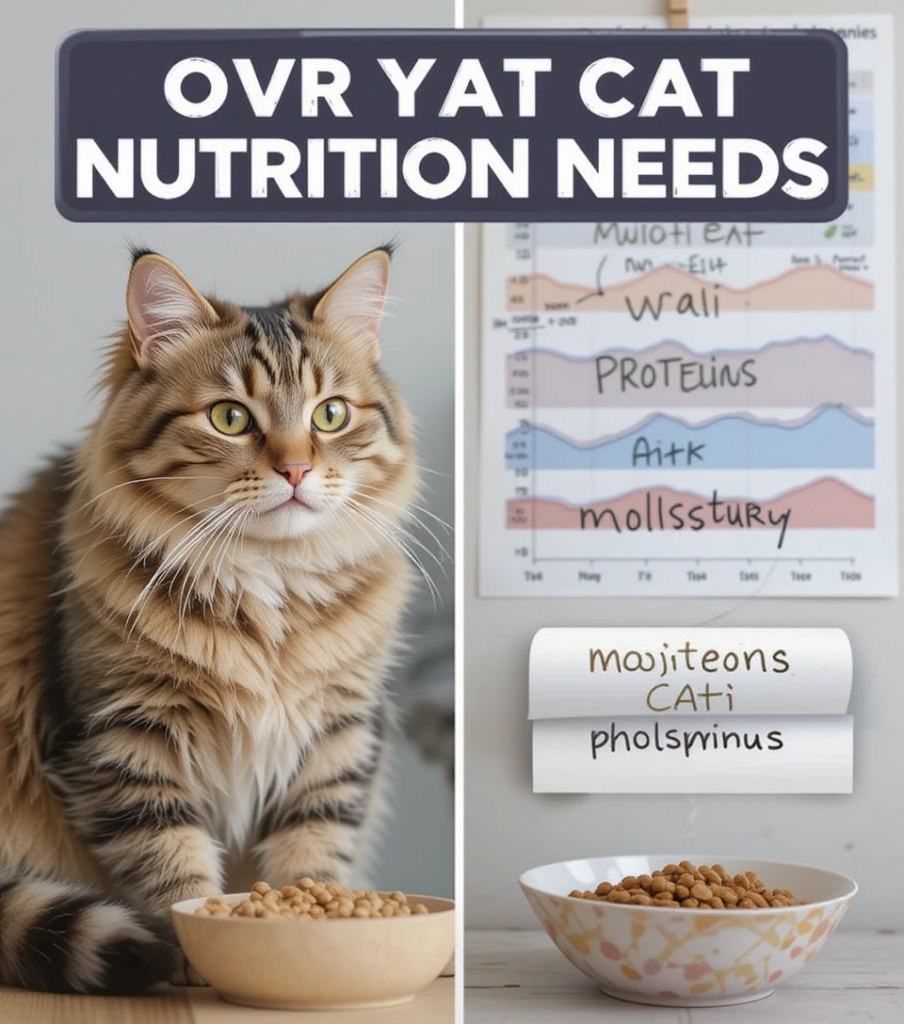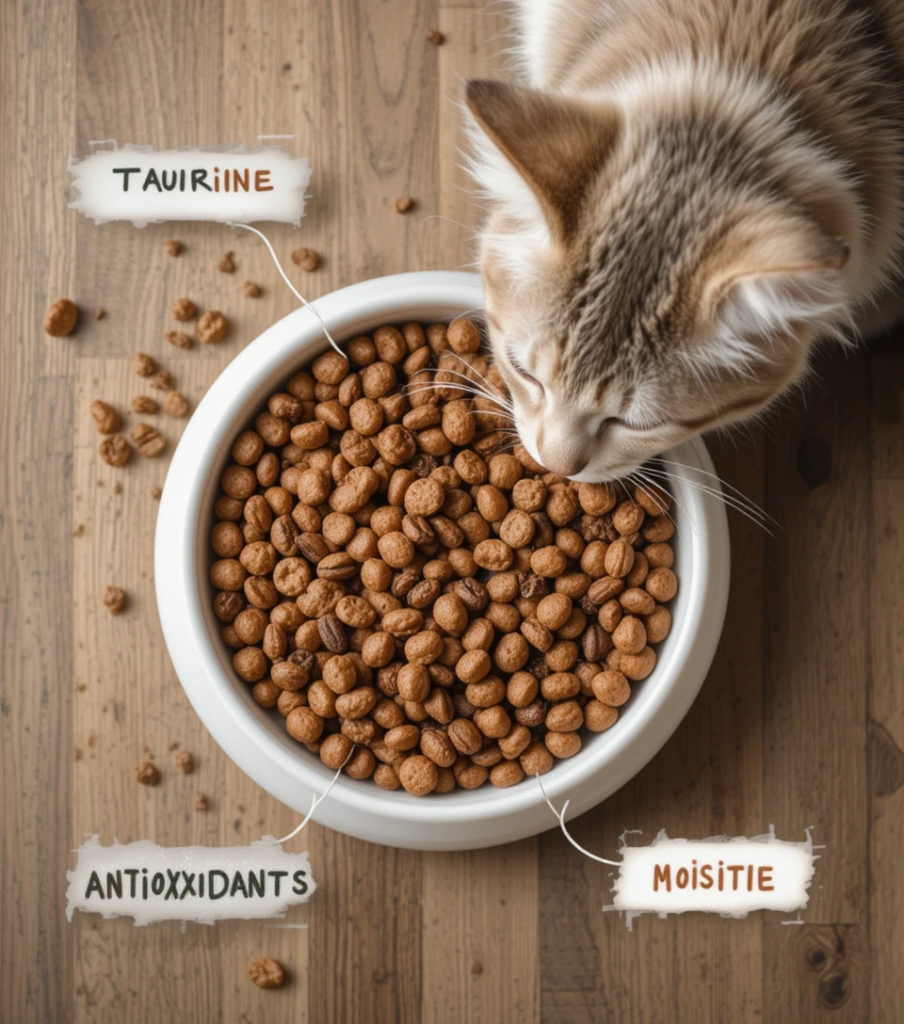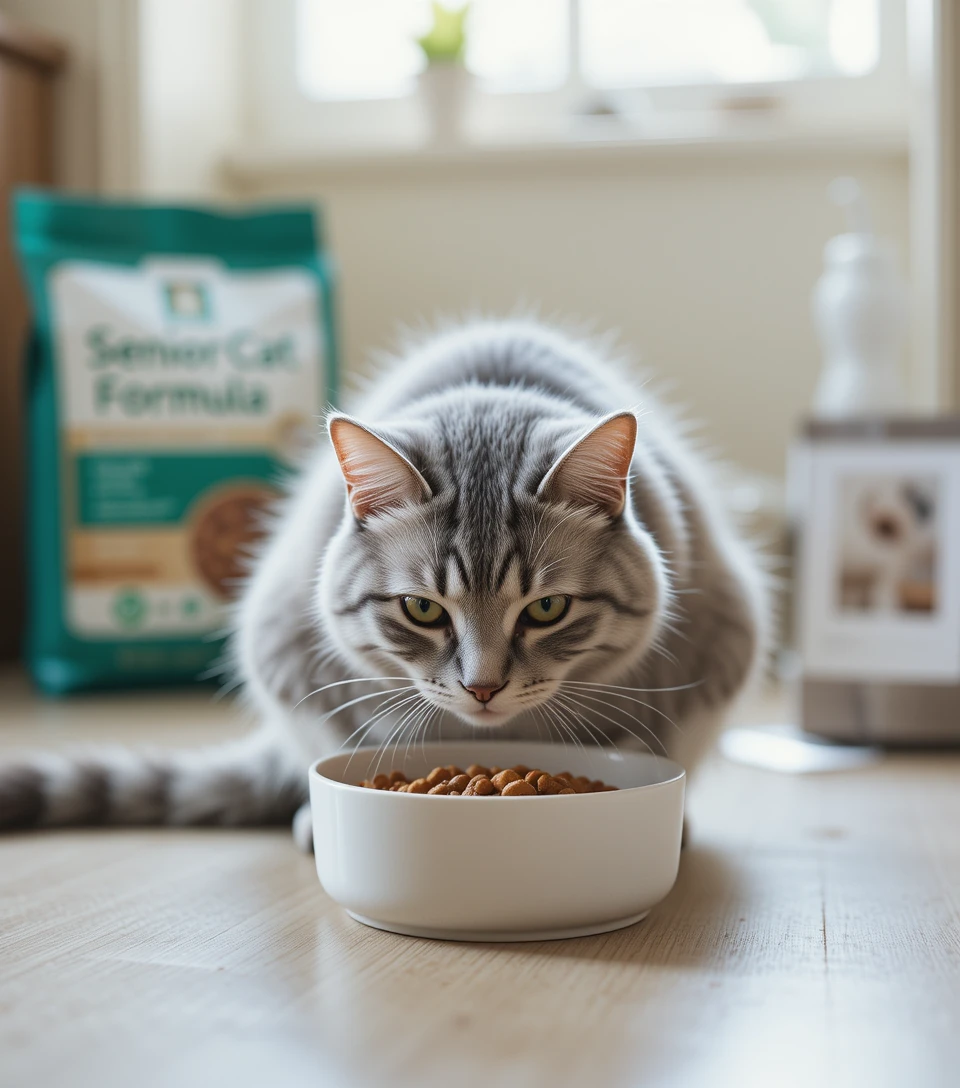As cats age, their bodies change, and so do their nutritional needs. What was once beneficial for your playful kitten or active adult cat may now be doing more harm than good. Unfortunately, many loving pet owners continue feeding habits that quietly undermine the health of their aging cats. From nutritional imbalances to counterproductive feeding habits, even small mistakes can lead to major problems like obesity, kidney disease, and loss of muscle mass.
Best Diet for Senior Cats: Avoid These Costly Mistakes
As our beloved feline companions age, their nutritional needs change dramatically — yet many pet owners unknowingly stick with feeding habits that could be doing more harm than good. The best diet for senior cats isn’t just about what to feed them — it’s also about knowing what to avoid. In this guide, we’ll break down the most common (and costly) feeding mistakes and how to help your senior cat live a longer, healthier life.
🧠 Understanding Senior Cat Nutrition

A cat is generally considered “senior” around age 7–10, and geriatric at 12+. During this time, their metabolism slows, appetite may change, and underlying health issues can emerge — all of which are impacted by diet. Proper nutrition is critical to prevent weight gain, muscle loss, kidney strain, and inflammation.
🚫 Mistake #1: Ignoring Age-Specific Formulas
Many owners continue feeding adult or even kitten food, thinking it’s more nutritious. In reality, senior cats require specially balanced formulas:
- Lower in phosphorus (to protect kidney function)
- Higher in easily digestible protein
- Enriched with antioxidants and Omega-3s
Senior-specific cat foods are formulated to support aging organs and maintain lean muscle mass — a vital factor in mobility and longevity.
⚖️ Mistake #2: Feeding Too Much or Too Little

Older cats are prone to both obesity and undernourishment. Overfeeding can lead to diabetes or joint issues, while underfeeding may cause muscle wasting and nutrient deficiencies.
What to do:
- Measure meals carefully
- Use feeding guidelines as a starting point
- Monitor weight monthly
- Adjust based on your cat’s activity level, body condition, and health
🥩 Mistake #3: Overlooking Key Nutrients
Senior cats need more than just calories — they need the right kind of nutrients:
- Taurine: essential for heart and vision
- Omega-3s: reduce inflammation, support joints and kidneys
- Antioxidants: support immune system
- Moisture: helps prevent dehydration, especially in older cats with kidney disease
💧 Mistake #4: Relying Solely on Dry Food
Dry kibble is convenient, but senior cats often don’t drink enough water — which can worsen kidney or urinary issues. Additionally, kibble can be hard on aging teeth.
Solution:
- Incorporate high-moisture canned food
- Add low-sodium broth or water to dry meals
- Consider transitioning to soft or wet diets
🩺 Mistake #5: Not Addressing Health Conditions with Diet
Senior cats frequently face issues like:
- Chronic kidney disease (CKD)
- Hyperthyroidism
- Diabetes
- Arthritis
Specialized prescription diets or therapeutic foods can ease symptoms and slow progression. Skipping dietary adjustments may result in higher vet bills — or reduced quality of life for your cat.
🔍 How to Read Labels and Spot Red Flags
Not all “senior” cat foods are created equal. Learn to decode labels:
- Look for named protein sources (e.g., chicken, not “meat by-product”)
- Avoid excess fillers like corn, soy, and artificial preservatives
- Ensure the product meets AAFCO nutritional standards
- Check moisture, protein, fat, and phosphorus content
👩⚕️ The Importance of Vet Guidance
Before making major diet changes, consult your vet — especially if your cat has preexisting conditions. A veterinarian can:
- Recommend specific therapeutic diets
- Run bloodwork to assess kidney/liver health
- Suggest safe supplements or probiotics
This professional input can save time, money, and prevent dangerous guesswork.
🔄 Final Tips: Transitioning Without Stress
Cats dislike sudden changes. When switching to a new food:
- Introduce gradually over 7–10 days
- Mix increasing amounts of new food into the old
- Watch for signs of food intolerance (vomiting, diarrhea, loss of appetite)
- Offer smaller, more frequent meals to stimulate appetite
✅ Conclusion: Nourish Their Golden Years
Feeding a senior cat isn’t about guessing — it’s about understanding. By avoiding common dietary mistakes and choosing the right foods, you’re investing in your cat’s health, comfort, and happiness. When in doubt, lean on expert advice and let nutrition be your cat’s best medicine.
❓ 10 Frequently Asked Questions (FAQs)
1. What happens if I feed my senior cat regular adult food?
Adult food may lack nutrients needed for aging organs and muscle preservation, potentially leading to health decline.
2. How do I know if my senior cat’s food is causing problems?
Watch for vomiting, diarrhea, weight loss/gain, or changes in appetite or energy.
3. Should senior cats have more or less protein?
They need high-quality protein, not necessarily more — poor-quality protein can harm kidneys.
4. Is it okay to feed my older cat only dry food?
Not ideal. Senior cats benefit from wet food for hydration and easier chewing.
5. How do I prevent my senior cat from becoming overweight?
Control portion sizes, encourage light play, and use low-calorie, nutrient-dense food.
6. What ingredients should I avoid in senior cat food?
Artificial dyes, unnamed meats, fillers like corn or wheat gluten, and high phosphorus.
7. Can I cook homemade meals for my senior cat safely?
Yes, but only with a vet or feline nutritionist’s guidance to ensure it’s complete and balanced.
8. How can diet help manage kidney disease in cats?
Low-phosphorus, low-protein diets with Omega-3s and hydration support are often recommended.
9. How long should it take to transition to new food?
About 7–10 days. Go slower if your cat is sensitive or picky.
10. Do all senior cats need supplements?
Not always. Supplements should only be given if a deficiency is diagnosed or advised by a vet.

